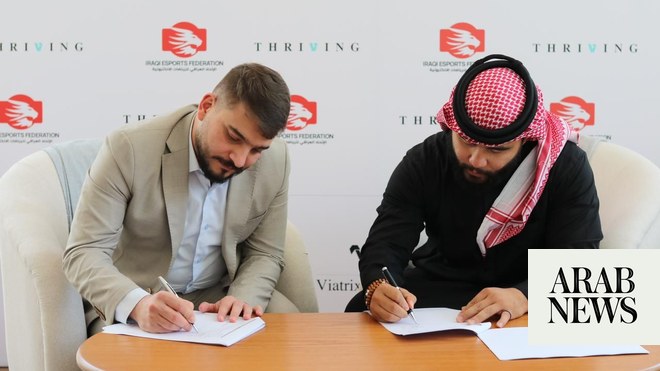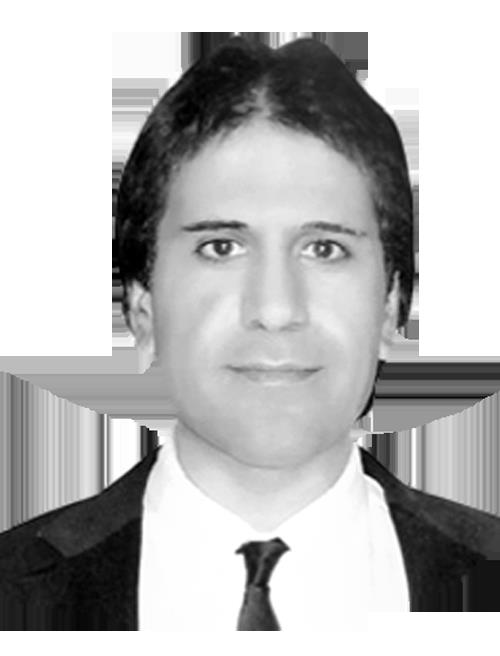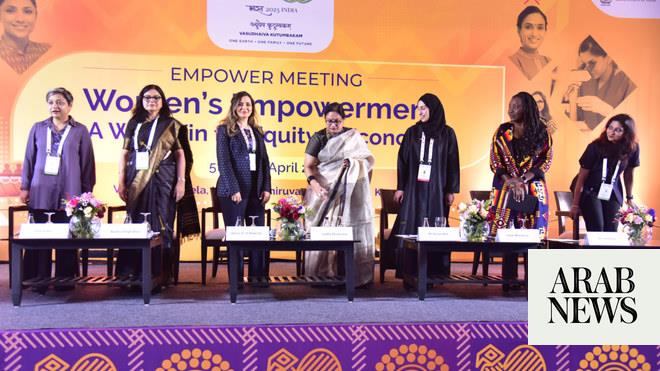
At the start of 2017 it seemed that Iran, Russia and Turkey were heading towards a period of hostility against a background of historical mutual suspicions and misgivings.
Still reeling from the shooting down in Syrian airspace of a Russian fighter jet, Russia and Turkey, traded accusations and insults.
Iran and Turkey were on opposite sides in the Syrian crisis and divided on the fate of Bashar al-Assad, Syria’s phantomatic President holed in Damascus.
Iran also had misgivings about Russia as Moscow delayed the delivery of weapons’ systems purchased and paid for by the Islamic Republic and imposed severe restrictions on Iran’s attempts at promoting its Khomeinist ideology in the Russian Federation.
However, towards the end of the year, a new picture was emerging with Iran, Russia and Turkey cast as members of a new triple alliance to shape the future of the Middle East in the wake of two decades of turmoil, terrorism and war. For the first time, the three nations held a summit in the seaside resorts of Sochi which the Iranian media, always keen on hyperbole, presented as “the new Yalta” after the conference in which the US, Britain and Russia decided the “future of the world” after World War II. More importantly, perhaps, a series of meetings brought the Top Brass of the three nations together for the first time to thrash out a joint strategy.
The upshot of all the comings-and-goings was that Iran, Russia and Turkey seemed to have agreed on a virtual carving of Syria into five “de-escalation zones” with each of them getting one zone and leaving the remaining two to the United States and its Kurdish allies Arab nations represented by Jordan.
There was also implicit agreement to Keep Assad in place in Damascus for a further 18 months during which the Russian plan would be implemented and solidified. Assad would be needed to sign legislations passed by his phantom parliament to bestow a legal veneer on the Russian “carve-out” scheme.
This was put clearly by General Muhammad-Ali Aziz-Jaafari, Commander of The Islamic Revolutionary Guards Corps (IRGC). “We expect President Assad to legalize the presence of popular forces”, meaning the Zaynabioun, Fatimyoun, Hezbollah and other militias created by Iran.
Moscow also needs Assad to push the agreement on leasing parts of the Syrian Mediterranean coast to Russia to set up or expand its aero-naval bases. As for Ankara, Assad is expected to sign a law that would permit Ankara to maintain troops on Syrian soil to separate that country’s Kurdish-majority provinces and take military action against Kurdish groups hostile to Turkey.
Ankara, Moscow and Tehran know that no future Syrian government would be able to ratify the kind of presence that Russia, Iran and Turkey seek in Syria. But once Assad has performed his finals service he would be discarded with few qualms by his protectors.
Ankara, Moscow and Tehran have other reasons to seek a quick end, or at least fudging-up, of the Syrian imbroglio.
Turkish President Recep Tayyib Erdogan is facing a problematic presidential election next year under a new constitution that replaces the parliamentary system with a presidential one concentrating powers in the hands of whoever becomes president. A candidate himself, Erdogan is almost certain of winning. But the question is by what percentage. A feeble turnout and a slim majority would not give him the moral mandate and political authority to embark upon his “grand design” of which we shall speak later. Erdogan needs to win “something big” and for the time being the only chance is to get a bite at the Syrian apple.
Russian President Vladimir Putin is also facing presidential election, perhaps his last, next year. He, too, is almost certain to win. But he is also concerned about the shape and size of his victory. He does not wish to end his 30-year career as a master of Russia’s destiny with the lowest backing from the electorate. With Russian economy in doldrums and the Western powers unwilling to grant Russia equal status as a major power, Putin needs a big victory which today can only come through a clever fudge-up in Syria coupled with grandiose talk of having "defeated Islamist terrorism” on the battlefield.
Putin is also concerned about rumblings among Russian Muslims, some 27 percent of the population according to most accounts. Images of the Russian air force carpet bombing cities, populated by “fellow-Muslims”, have stirred quite a bit of unease throughout the federation’s Muslim communities.
By claiming that he has two major Muslim nations, Turkey representing the Sunnis and Iran speaking for the Shiites, on his side, Putin can reassure Russian Muslims who have always voted for him in a massive way.
Iran has its own reasons to wish an arrangement on Syria.
Presented on 10 December, President Hassan Rouhani’s new budget shows that the Iranian economy faces at least another year of slow growth combined with a record deficit and a double-digit inflation.
Syria is proving too costly a “muta’a” (concubine) to maintain forever, especially since Iran also has other militia “muta’as” to maintain in Lebanon, Palestine, Yemen, Iraq and elsewhere.
At a time that the Islamic Republic cannot pay its own employees’ salaries regularly, spending vast sums on “exporting revaluation” is being criticized even within the usually docile Islamic Majlis. The 12 percent rise in the military budget means tightening the screws in other areas with the risk of rising popular discontent. So, Tehran leadership is also talking of “total victory in Syria” in the hope of reducing is footprint and financial burden there. And that requires Russian military clout and financial contribution.
Tehran also needs Turkey not only to divide the anti-Assad camp in Syria but also to weaken NATO in its eastern wing while jettisoning the Iraqi Kurds, and allowing Iran to consolidate its gains in Iraq.
At a tactical level, the “triple alliance” makes sense.
Russia, Turkey and Iran are all under pressure from the Western powers, for different reasons, and look for ways to break out of the cobweb of isolation they have woven around themselves with aggressive moves on Crimea and Ukraine on the part of Russia, and Iran’s agitations in several Arab countries not to mention Turkey’s sharpening anti-West rhetoric.
It is a strategic level that the “triple alliance” may seem more problematic. Historically, Iran, Russia and Turkey have more often been rivals and enemies than friends and allies. Between the 18th and 20th centuries Russia and Iran were involved in no fewer than six major wars. Russian forces invaded and occupied parts of Iran during both world wars. In the late 1940s, Russia tried to carve major provinces of Iran into satellite Soviet-style republics. During the 18th to 20th century, Russia and Turkey fought eight major wars and wee on opposite sides in the Frist World War. Over the decades the Tsarist Empire annexed more than 1.5 square kilometers of Iranian and Turkish territories, including the Crimea, snatched away from the Ottoman power, and Transcaucasia, taken away from Qajar Persia.
However, it is not history alone that undermines the prospects of the “triple alliance”.
The three powers are also divided on their respective visions of the future.
Putin has built his vision on the concept, some might say the geographic chimera’ of “Eurasia” according to which Russia is at the heart of a continent distinct from both Europe and Asia but representing the best of both, thus meriting the position of its leader. Although” Eurasia” is never fully defined it is assumed to represent large chunks of Central and Eastern Europe up to the Ural Mountains plus Central Asia and Siberia right to the Pacific Ocean. The southern flanks of Eurasia include Transcaucasia and Iran down to the Indian Ocean plus the Arab Levant.
The “Eurasian Grad Design” accords with the old myth of Russia and “The Third Rome”, with its “Manifest Destiny”. It rejects the idea, initially evoked by Peter the Great, to become truly civilized that Russia must be Westernized first. However, the idea appeals to Slavophils who dream of a pan-Slavic "world-space" led by Russia.
If Putin’s vision has a chimeric geographic expression, Erdogan’s comes in the pseudo-historic formula of “neo-Ottomanism” according to which the regions once ruled by the Ottomans can again come together in a new context of “free cooperation” to protect peace and pave the way for prosperity. These regions include North Africa, the Arab Levant, the Balkans, much of the Caucasus, the Caspian rim and the Altaic nations of Central Asia. In most of those areas, Turkey would find itself a rival, if not an adversary of Russia in the name of Islam and, when suitable, pan-Turkism. Russia can counter that in the name of pan-Slavism, where Slaves form a majority, the Russian language, prevalent in the Caucasus and Central Asia, and collective memories of Tsarist and Soviet “coexistence.”
In much of the same area Turkey, claiming leadership of Sunni Muslims will be in direct competition with Iran under its present Khomeinist regime which claims to have discovered the only true version of Islam. Even then, Turkey may have problems with its own Shi’ite minority while its Hanafi brand of Sunnism may not attract others, especially in Egypt, who are Shafeis or Hanbalis.
Playing the religious card would be even harder with the numerous sects that together form the mosaic that is the Arab Levant not to mention Christians in the Balkans and parts of the Caucasus.
While Russia uses a geographic concept and Turkey goes for a historic one, Iran, under its current regime has opted for a pseudo-theological chimera marketed under the brand of “Pure Muhammadan Islam” of which Walayat al-Faqih, rule by a theologian, is the central dogma. History shows that while religious ideas can bring people together the unity they create is always short-lived. Political projects, however, can create more durable entities such as empire or the nation-state. In other words, religion, which cannot admit divergence, almost always ends up dividing people while politics is capable of uniting them if only because it allows some scope for compromise.
Four decades after the mullahs seized power in Tehran there is no evidence that their brand of Islam is making many new recruits in the region they wish to dominate.
However the main problem all three visions, Russian, Turkish and Iranian, face is that none of them enjoys the cultural attraction or the economic resources without which empire buildings are little more than a tempting, but dangerous, fantasy. Why would anyone in Eurasia, the Middle East, the Balkans or anywhere else targeted by the three visions want to be ruled from Ankara, Moscow or Tehran?
The three visions are based on the assumption that the nations living in the regions targeted are looking for outsiders as leaders and that, with the United States abdicating its global leadership and the European Union bogged down in its byzantine problems medium-size powers such as Russia, Turkey and Iran can make put in their bid. However, this assumes that the targeted people, for example, the Arabs or the Central Asians, will always remain weak and divided and unable to develop visions of their own. Such calculations underestimate the resources and the determination of even the smallest and weakest nations to trace their own paths.
As 2017 draws to a close, the three would-be empire builders, Iran, Russia and Turkey, appear to be as thick as thieves. But the real concern is that they may come to blow before the end of the year. They covet the same space and seek the mantle of leadership for themselves. They have no common culture and history of cooperation and alliance. Worse still, they are trying to use 19th-century methods to deal with 21st-century dangers and opportunities. History often repeats itself as caricature. Thus the Sochi summit was a caricature of Yalta, not say of Berlin of 1885 in which the European Powers divided the world among themselves.












